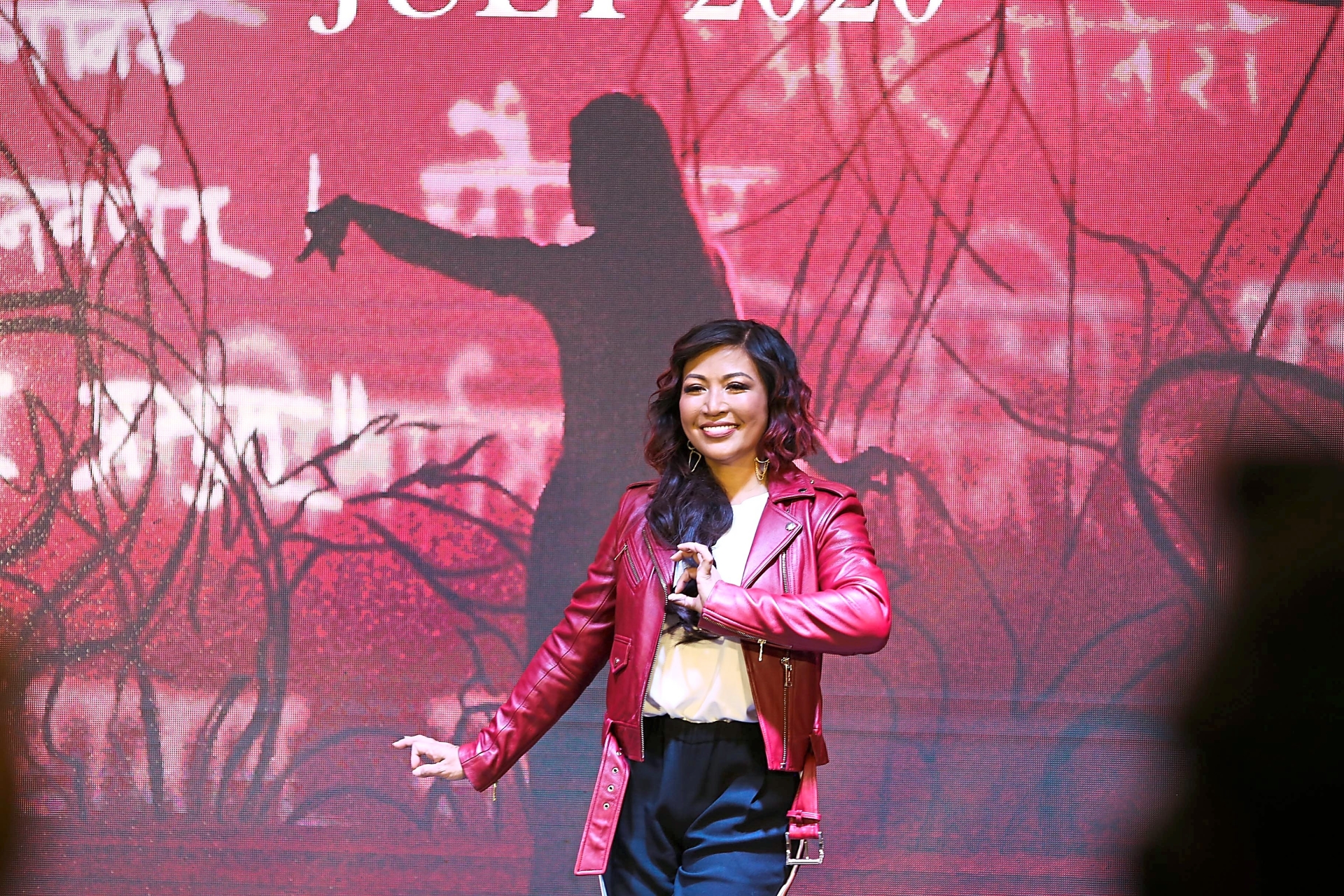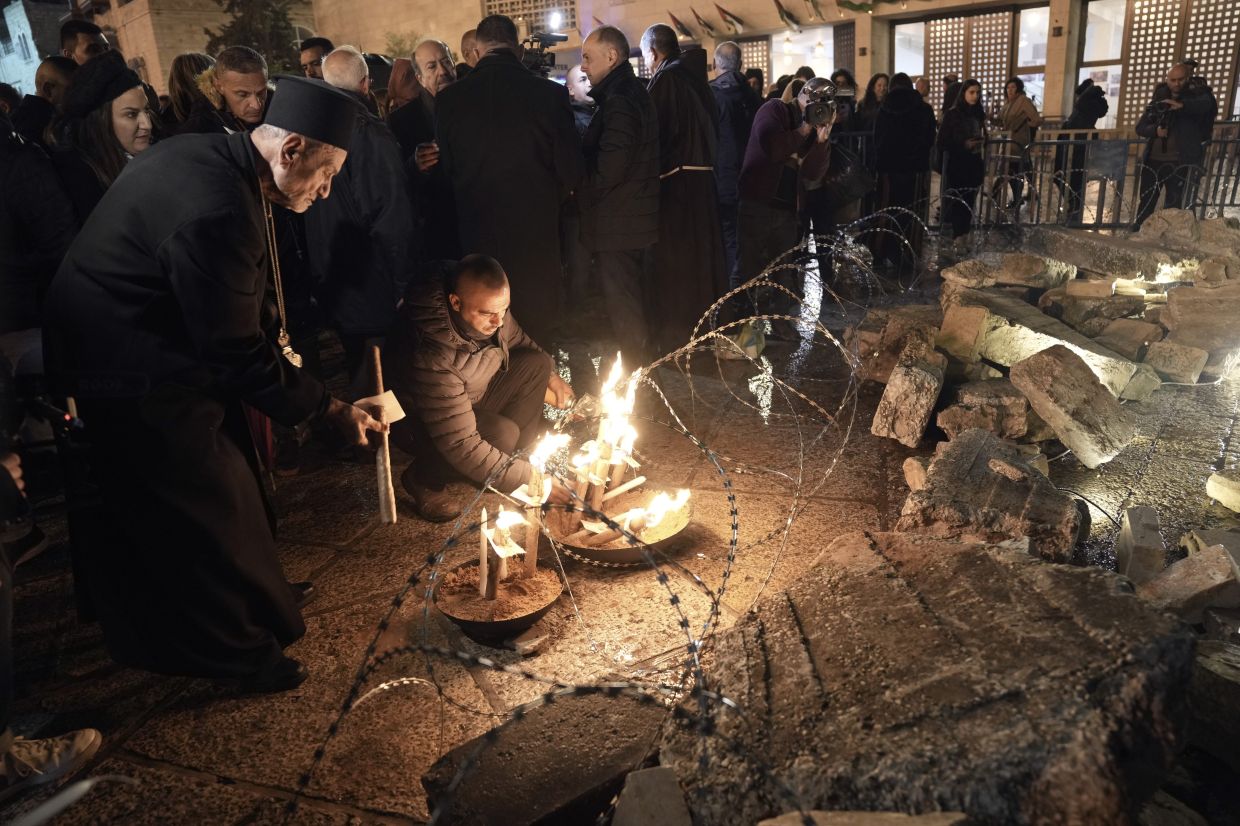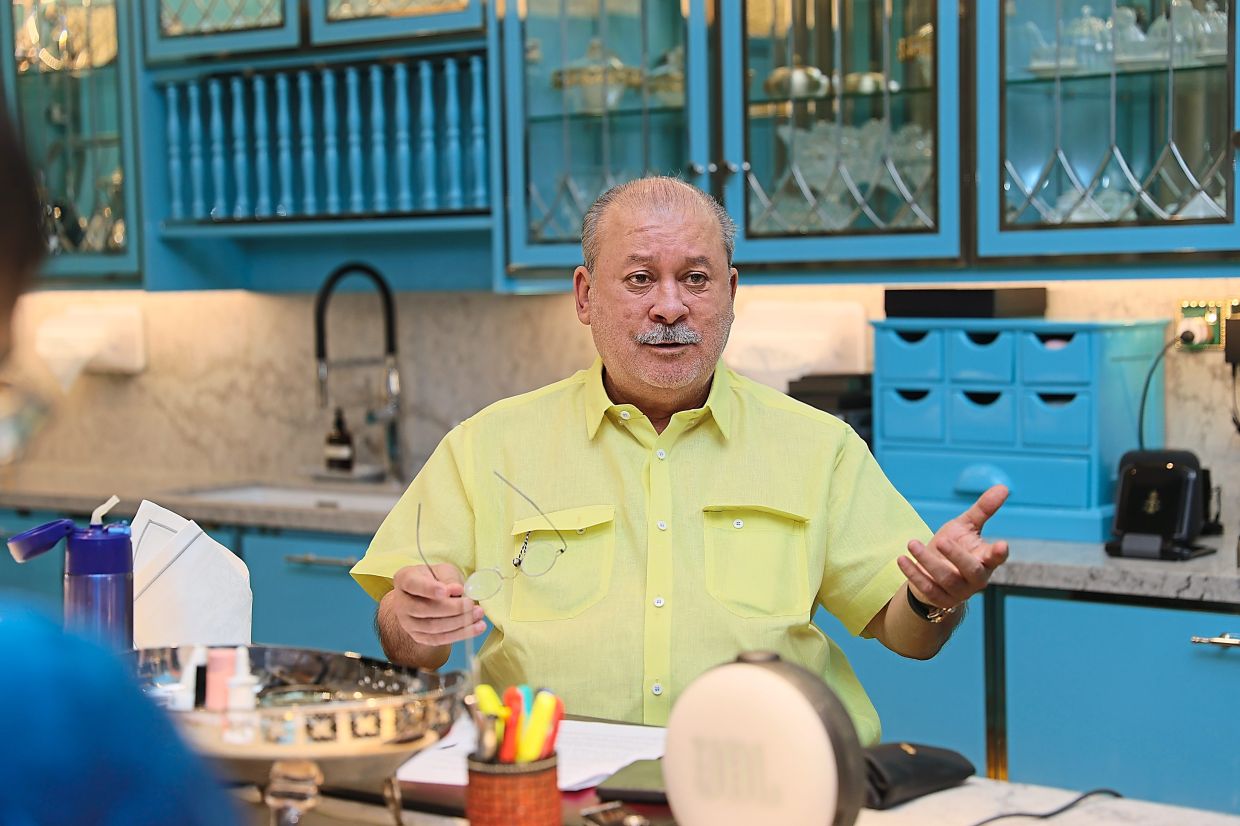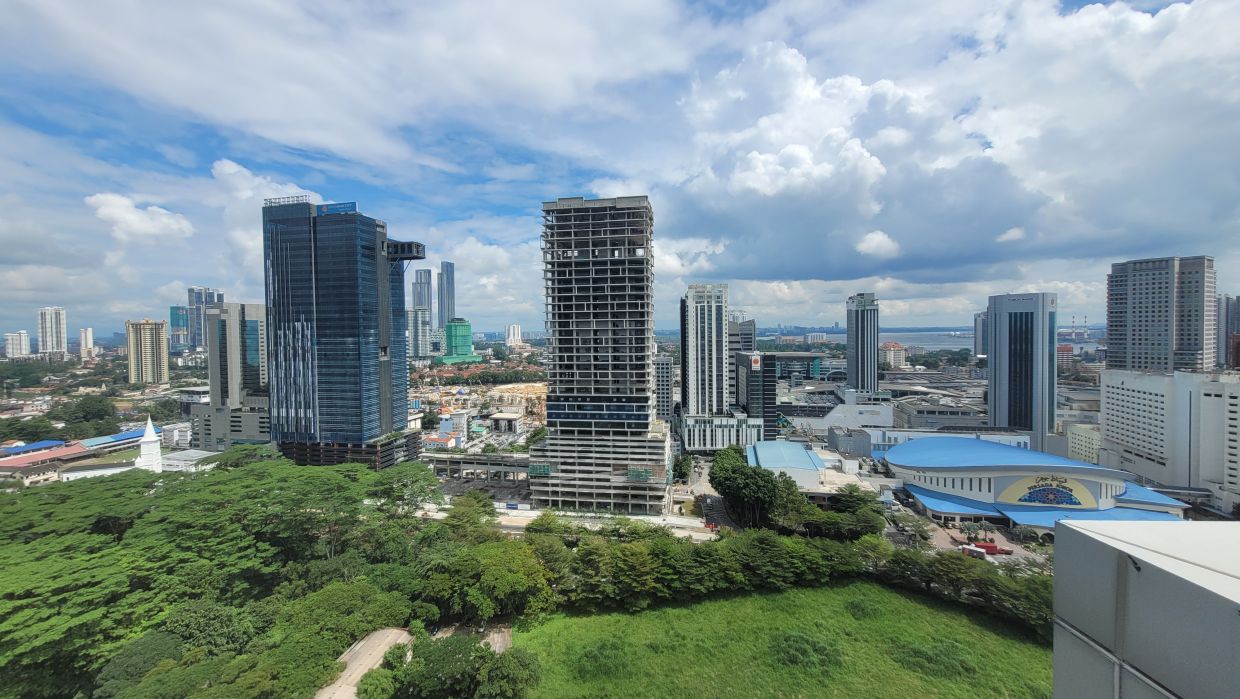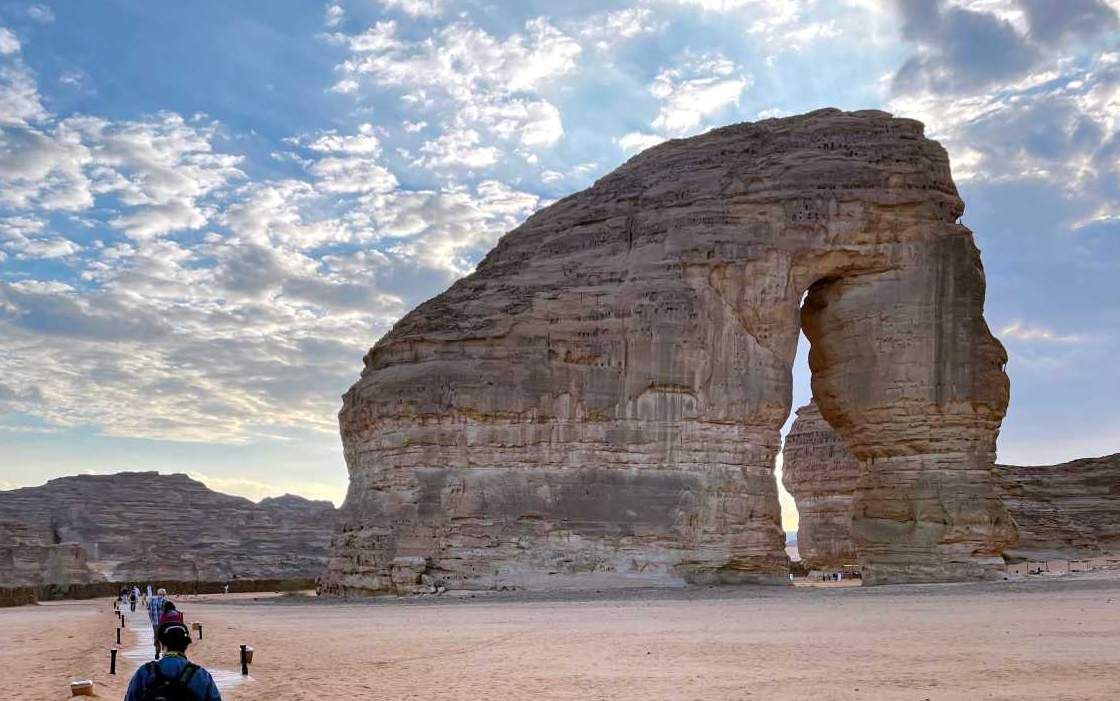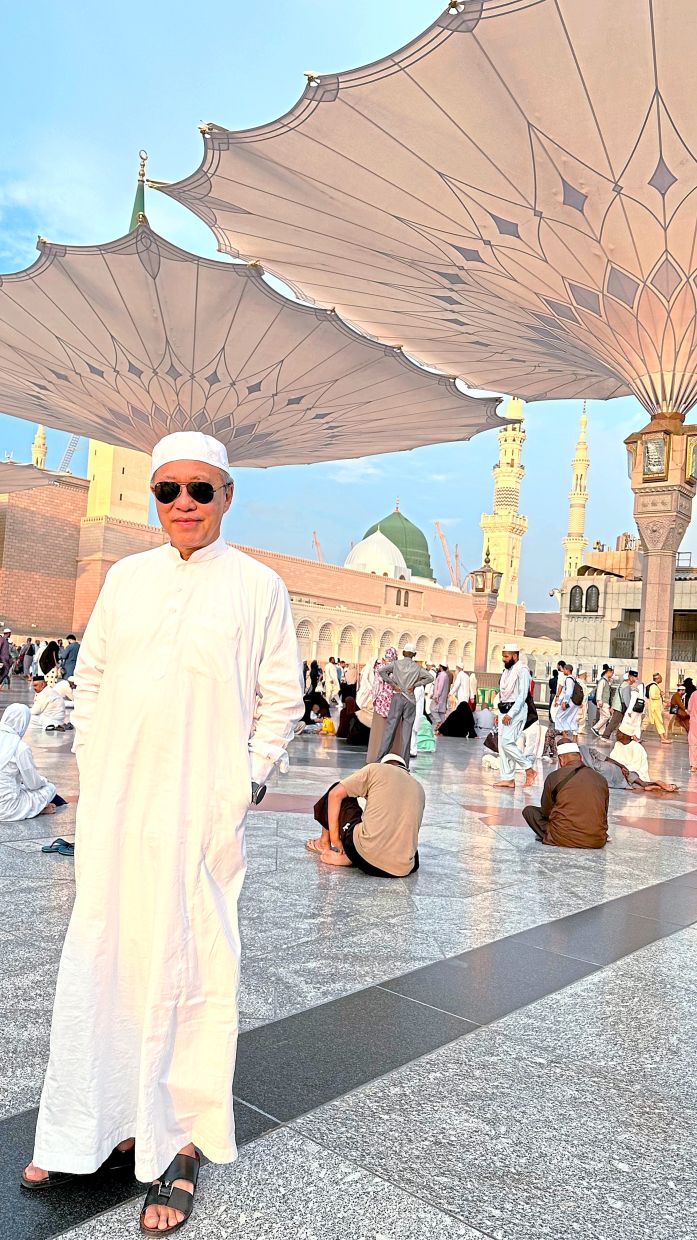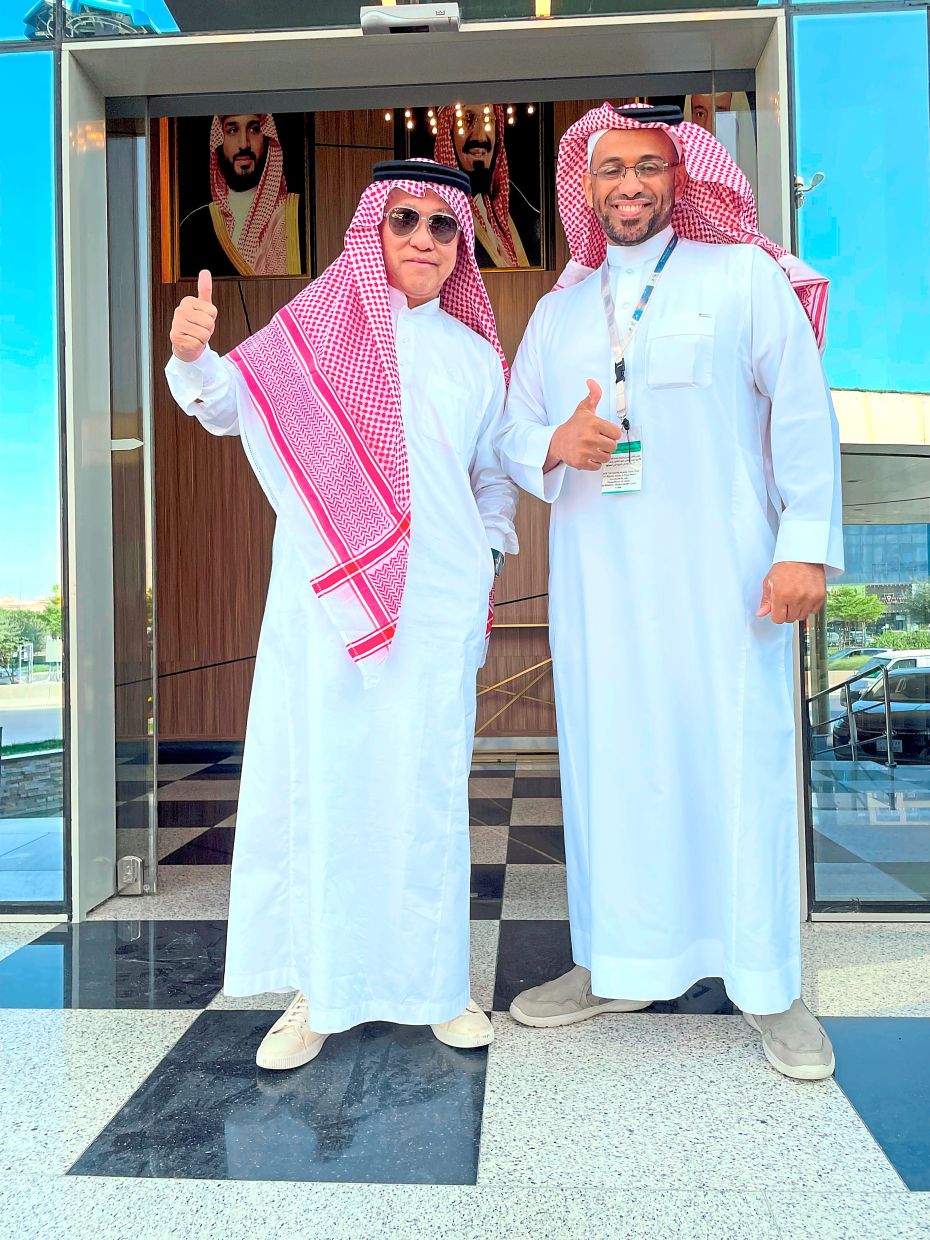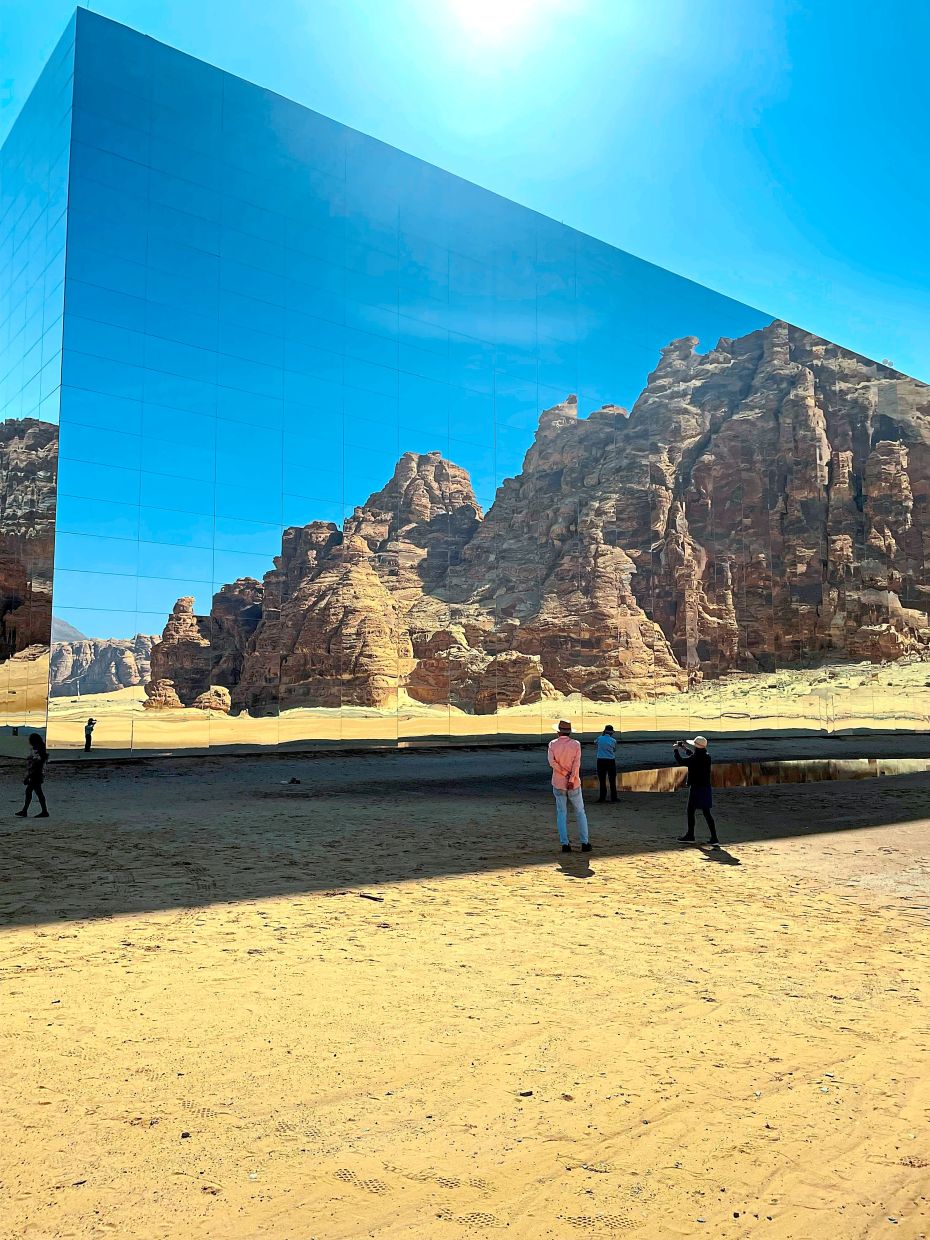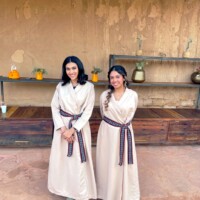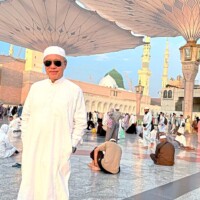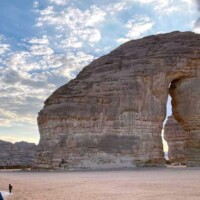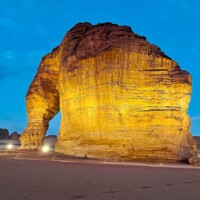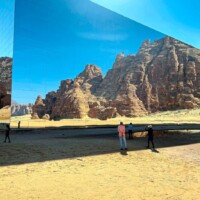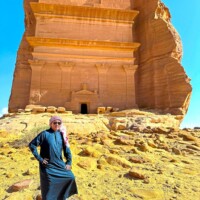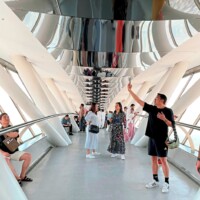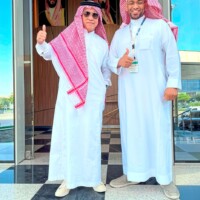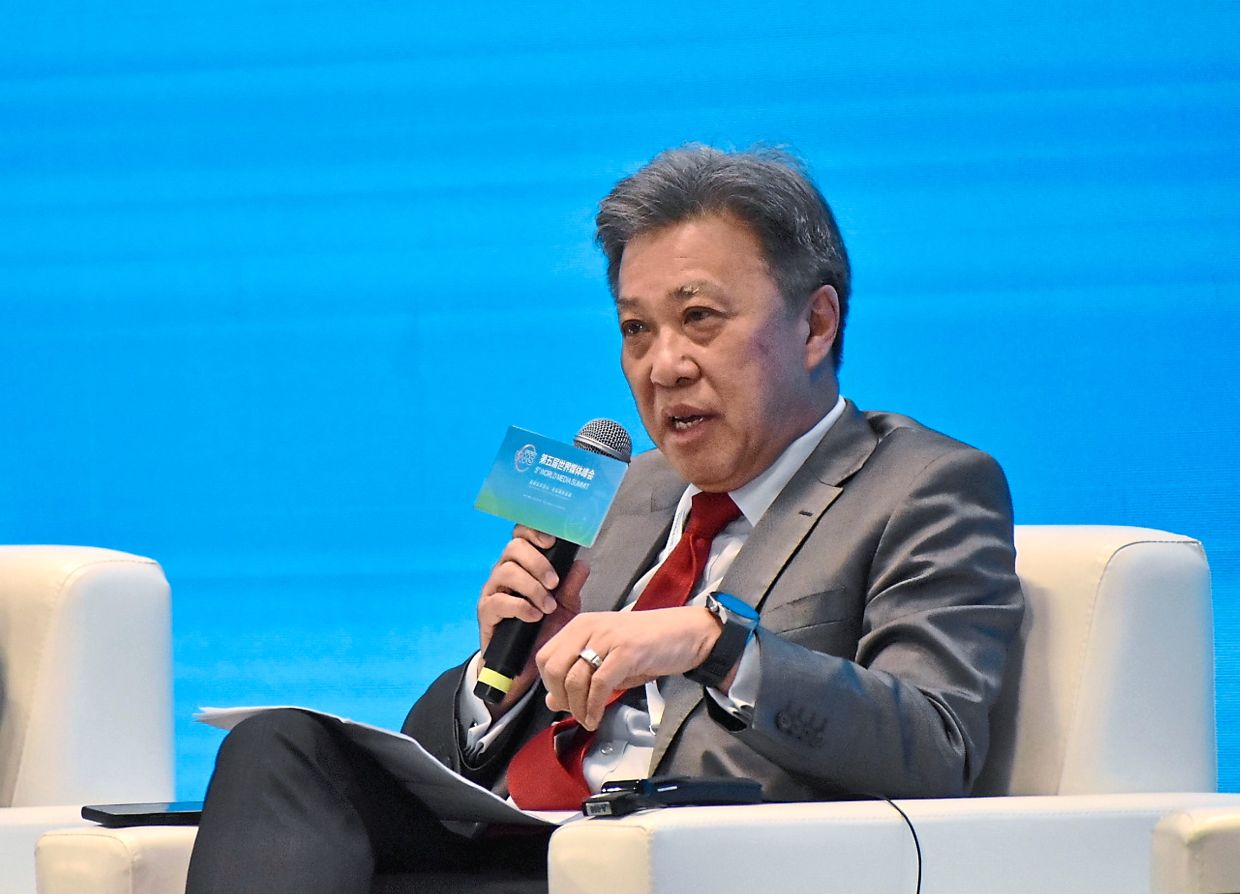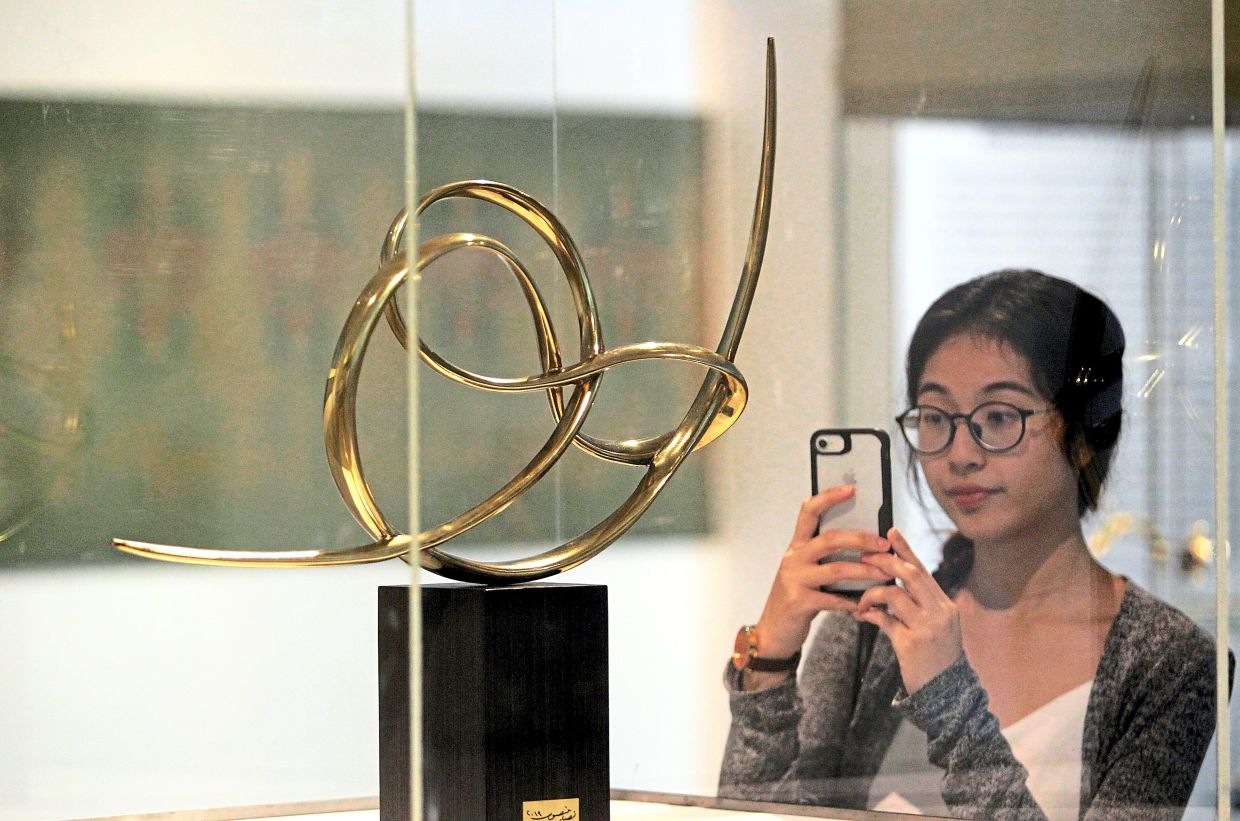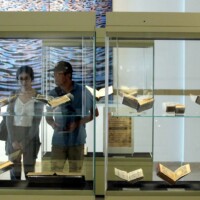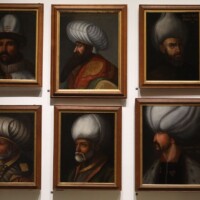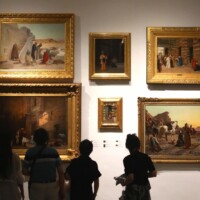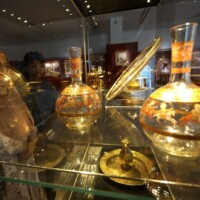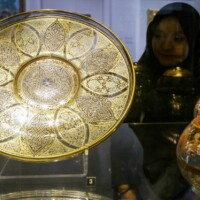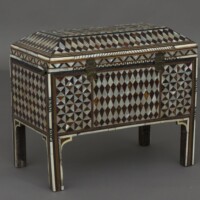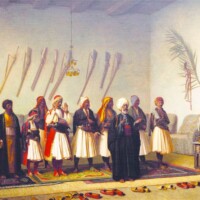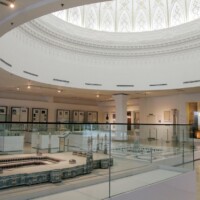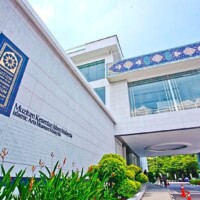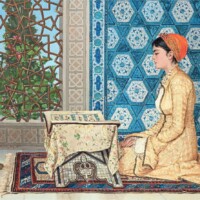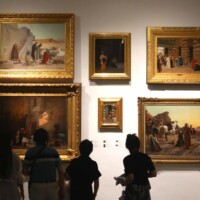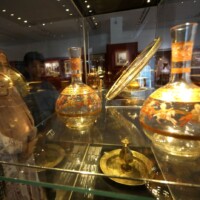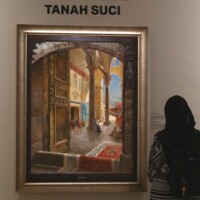WHEN you’re past 60, like me, conversations among peers have a predictable theme.
After whining about our politics, like we’re all culpable of, the dialogue invariably switches to updates on ourselves and our mutual friends.
And ultimately, the chit chat will revolve around our health, and of visits to the hospital to see the doctor or physiotherapist. You’re doing well if the medical attention stops there.
Our exchanges will surely include information on clinics or hospitals which offer the best treatments, facilities, and of course, price.
No one cares about the race of the medical specialists who treated us, whether they’re Malay, Chinese, Indian, Iban or Kadazan. We’re only interested to know from where we can get the best treatment.
Likewise, the ethnic background of nurses in hospitals is irrelevant. Not one of us asks about the race of the person whose donated blood we receive. And the same goes for organ donors.
As the sick lay helplessly in their hospital beds, they don’t fuss about wardmates of a different racial background. The priority is simply to recover, and most patients tend to get friendly and even wish each other well.
Sometimes, prayers are conducted for a patient of a different faith. Most people are just thankful for good thoughts, regardless of the prayer’s religious origin. The intention is good, so that’s all that matters.
This is glaringly clear with frequent hospital visits, especially when you reach a certain age, or when you need to accompany loved ones there.
Most of us remember the names of our best, and worst, teachers. Long after leaving school, we still appreciate our favourite teachers because they taught us well.
We credit them for bringing out the best in us. Whether it’s the strict Malay cikgu who taught us Bahasa Malaysia or the scary Chinese Mathematics teacher, we think of them fondly.
Of course, we haven’t forgotten the lazy and unjust ones either, even when they’re from our own race.
So, I’m deeply disturbed when certain politicians brag by claiming they are champions of their race and religion, and no one else.
Their inflated sense of self-worth makes them believe only they represent their own race adequately, and everyone else is inferior. In fact, they’re even pompous enough to think they’re indispensable.
Conversely, when they campaign for votes, they also claim they’re the best people to safeguard the interests of other races.
The only time the three major languages are used is probably during our election campaigns, emblazoned on posters, banners and campaign materials like a sign of solidarity.
Immediately after the polls are over though, when normalcy returns, we learn that English, Chinese or Tamil can’t be used in official letters.
You can, of course, show up in shorts at ceramahs, even a PAS gathering, but the same flexibility isn’t applicable after that.
If you get robbed in the middle of the road, you’ll still have to change into proper attire when making a report at the police station. The same stringent rules are imposed at some hospitals, too, based on the interpretation of the incumbent hospital director, or the pak guard.
It’s safe to say that no one wants to visit the police station or hospital if they can help it, unless they work there because otherwise, it means they’ve been struck by some misfortune.
So, in Malaysia, we have those who believe that only political leaders of their own race best represent them.
Let’s not forget, we have Malay politicians who have swindled and cheated their own people, including plundering institutions recognised to be sacred.
The Chinese community has its share of incompetent leaders including many past Ministers and Chief Ministers. It’s the same with Indian leaders, who’ve let their community down.
Likewise in Sabah and Sarawak, where the failed Melanau, Iban and Kadazan lawmakers grew rich inexplicably while their fellow ethnic neighbours suffered.
Certainly, affirmative actions have helped and benefitted the bumiputras. It has restructured the Malaysian society, with a larger Malay middle-class now, and that’s important for our nation.
Slowly but surely, as our demographic dramatically changes, we should provide more opportunities for Malaysians who have the correct competence, professionalism and most importantly, possess accountability and honesty.
The daunting reality is that the population of the Chinese and Indians will shrink drastically.
The best way forward is to see each other as Malaysians. The bogeymen narrative must end at some point. How about right now?
In fact, it shouldn’t be a source of concern when appointing non-Malaysians to certain key jobs in government linked companies if they’re capable and clued-in to local sensitivities.
Imagine having only Britons playing in the English Premier League, without Egyptian Mo Salah at Liverpool or Brazilian Gabriel Martinelli at Arsenal, or the many foreign players in our own Super League? Goodness, we had already done it three decades ago when Burmese Aung Naing patrolled Perak’s frontline and former Czechoslovakian World Cup keeper Karel Stromsik stood between the sticks for Selangor.
All these foreign talents, whether players or managers, have raised football standards, and we can surely attest to this. Badminton has greatly benefited from imported expertise, too, from China’s Han Jian to Denmark’s Morten Frost once guiding our national team.
In the end though, Malaysian talents must be retained and allowed to flourish.
Let’s all look beyond our own race and accept those who work fair and hard for the greater good.
It’s clear in urban areas that people have voted for candidates who can do their jobs and not based on their race, proving that many Malaysians have become immune to the race malaise.
As the late Chinese leader Deng Xiaoping famously said: “It doesn’t matter whether a cat is black or white, as long as it catches the mice.”


